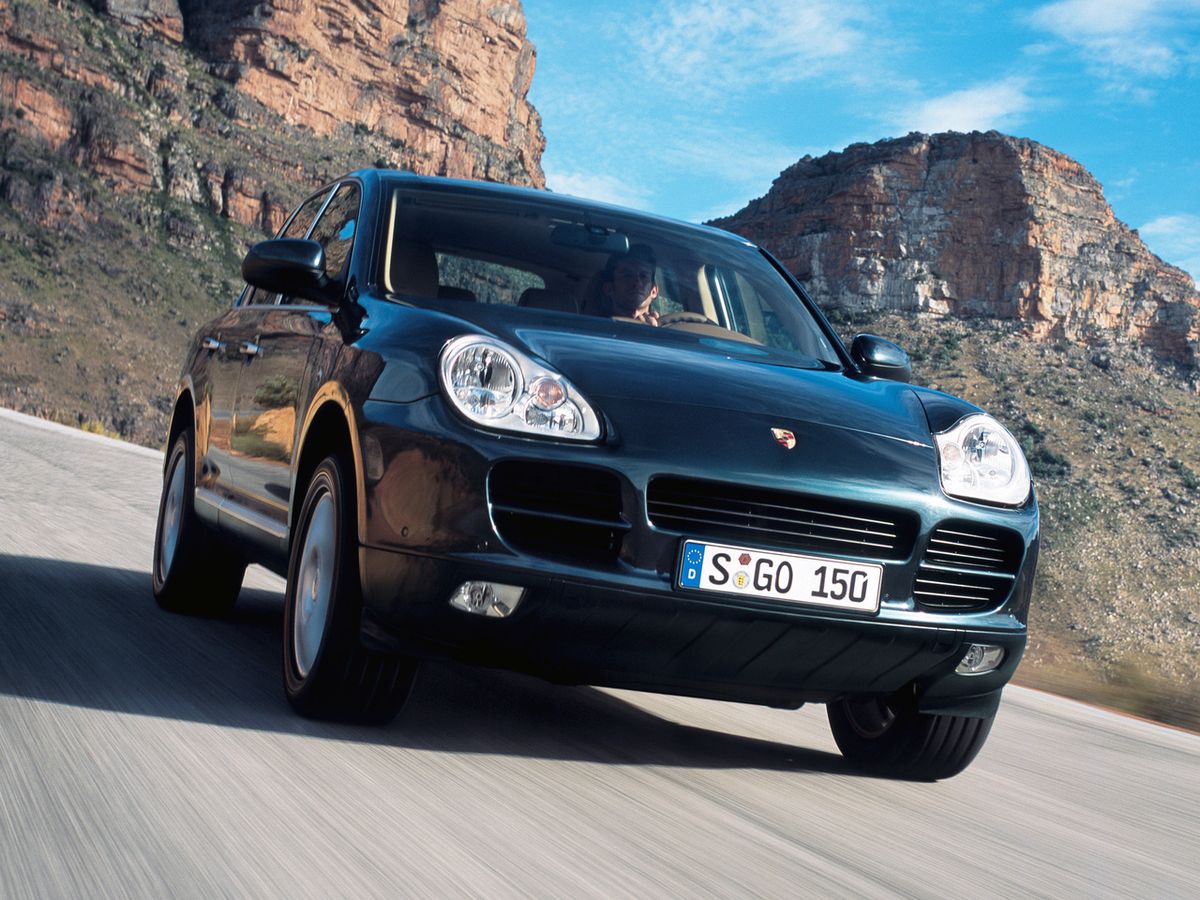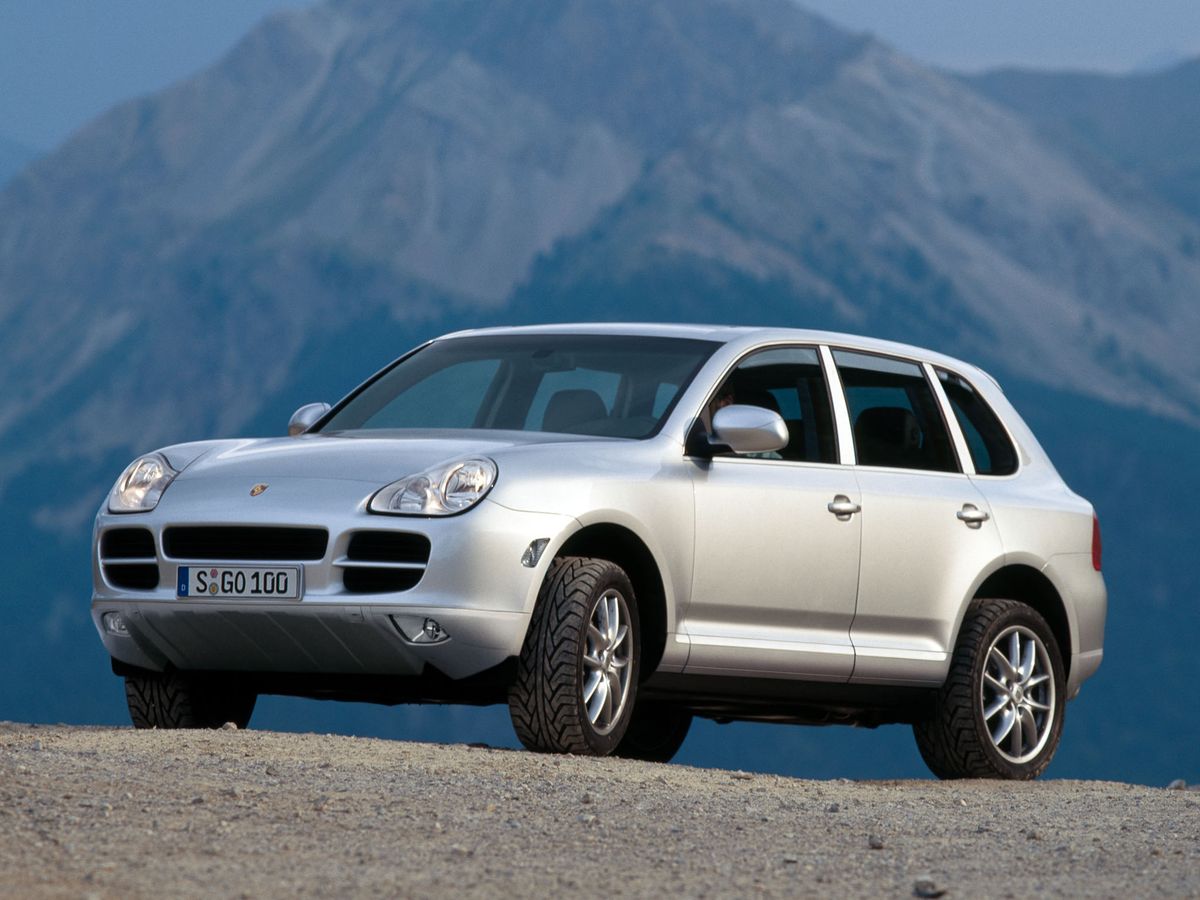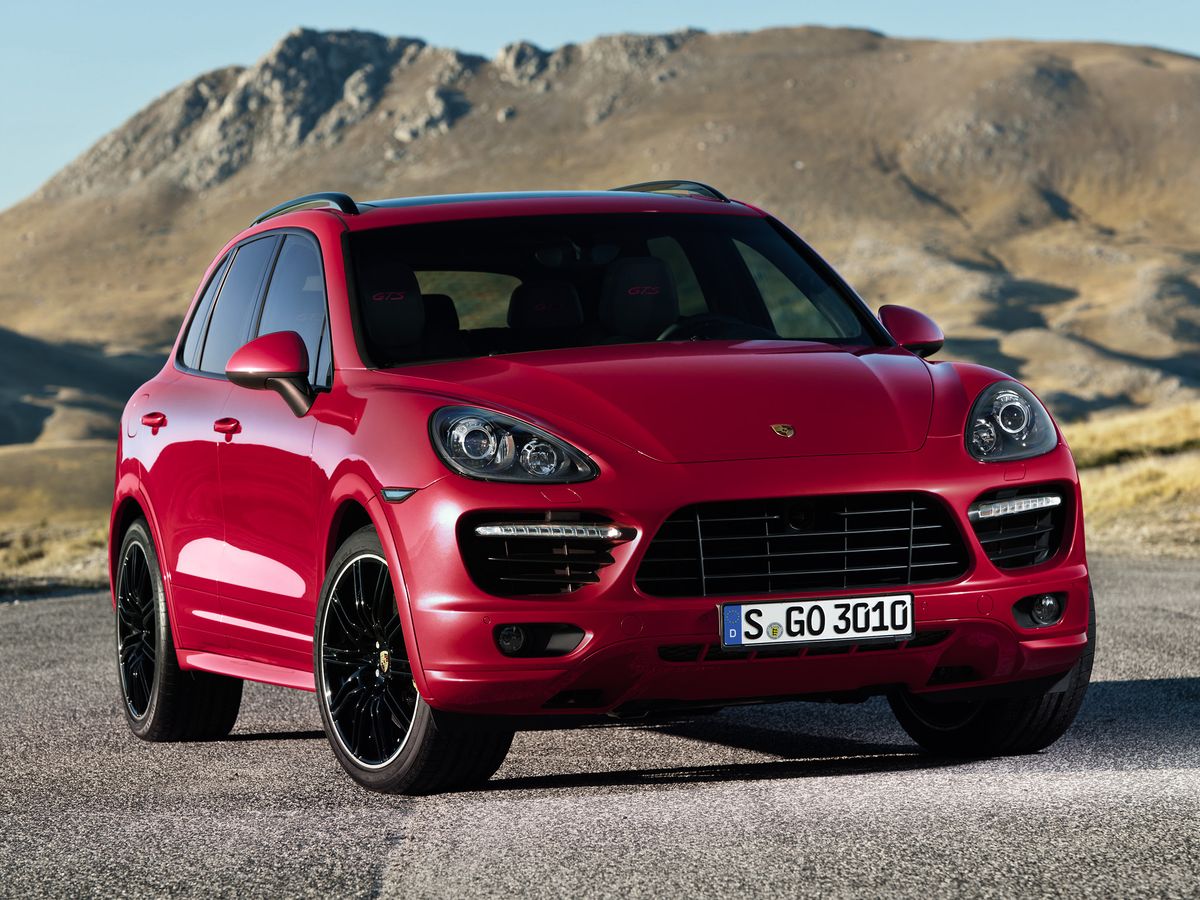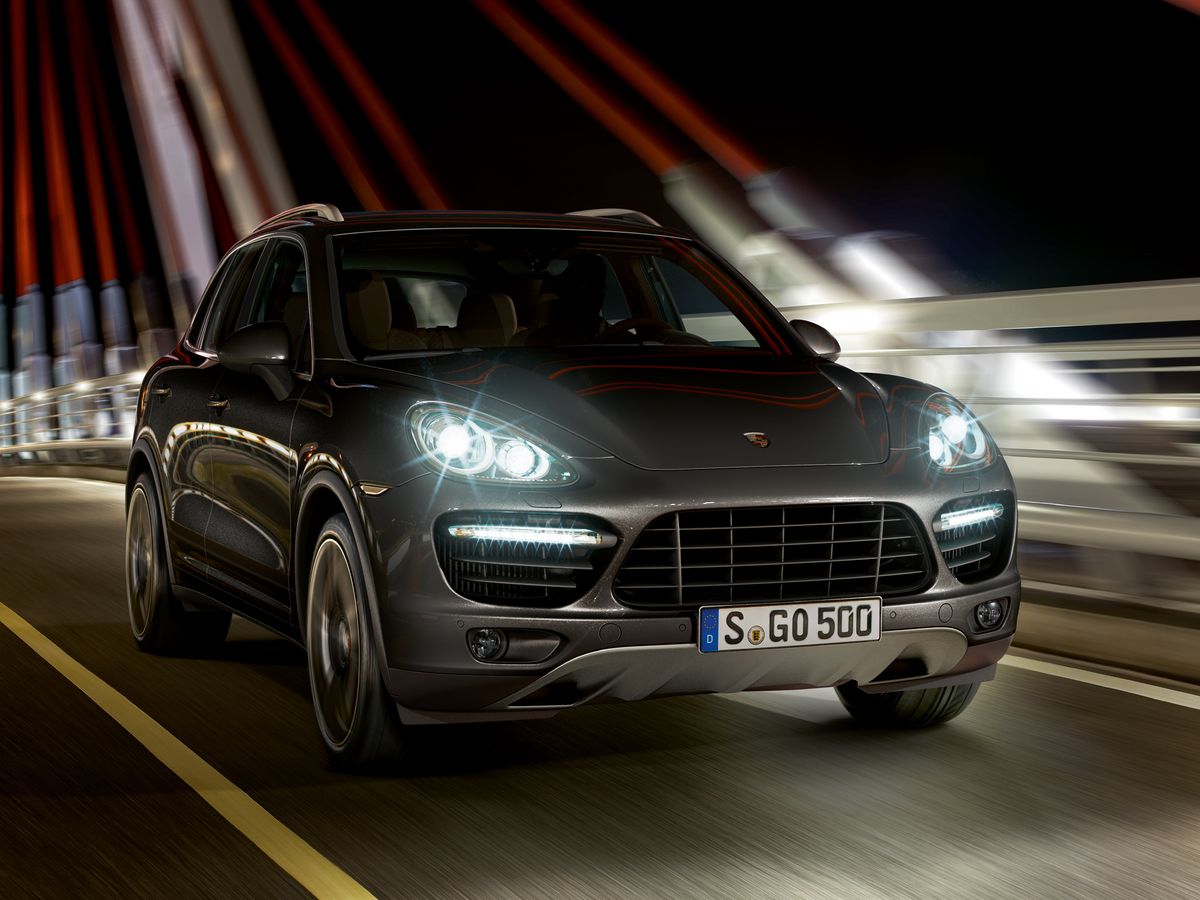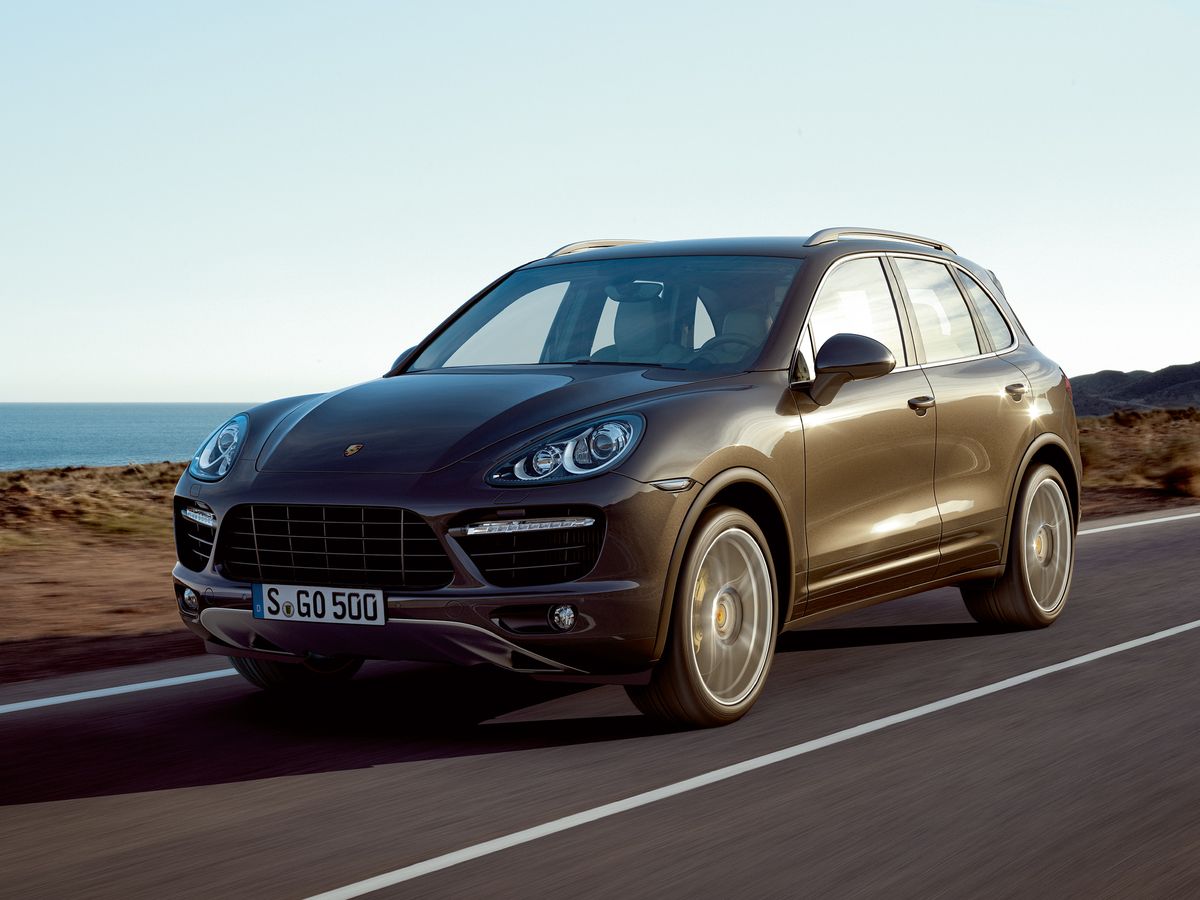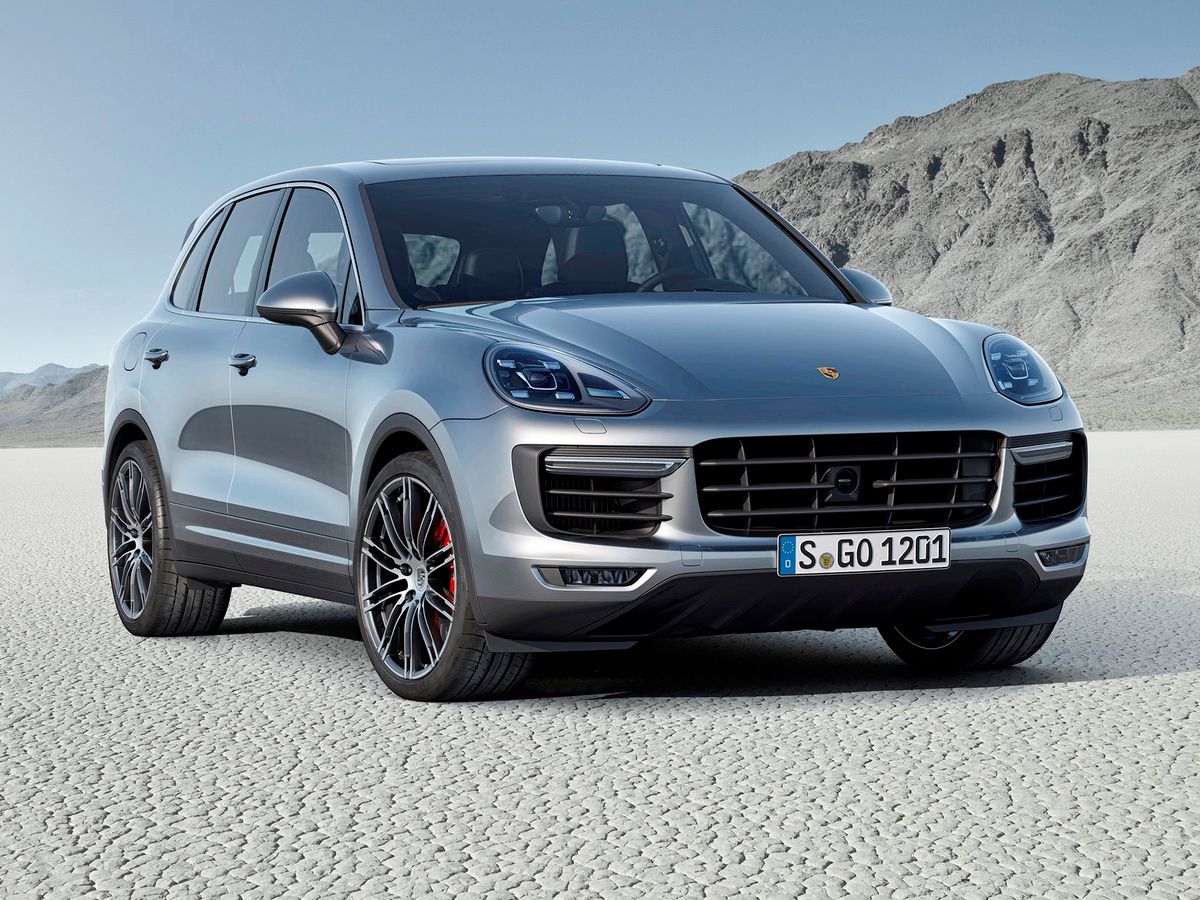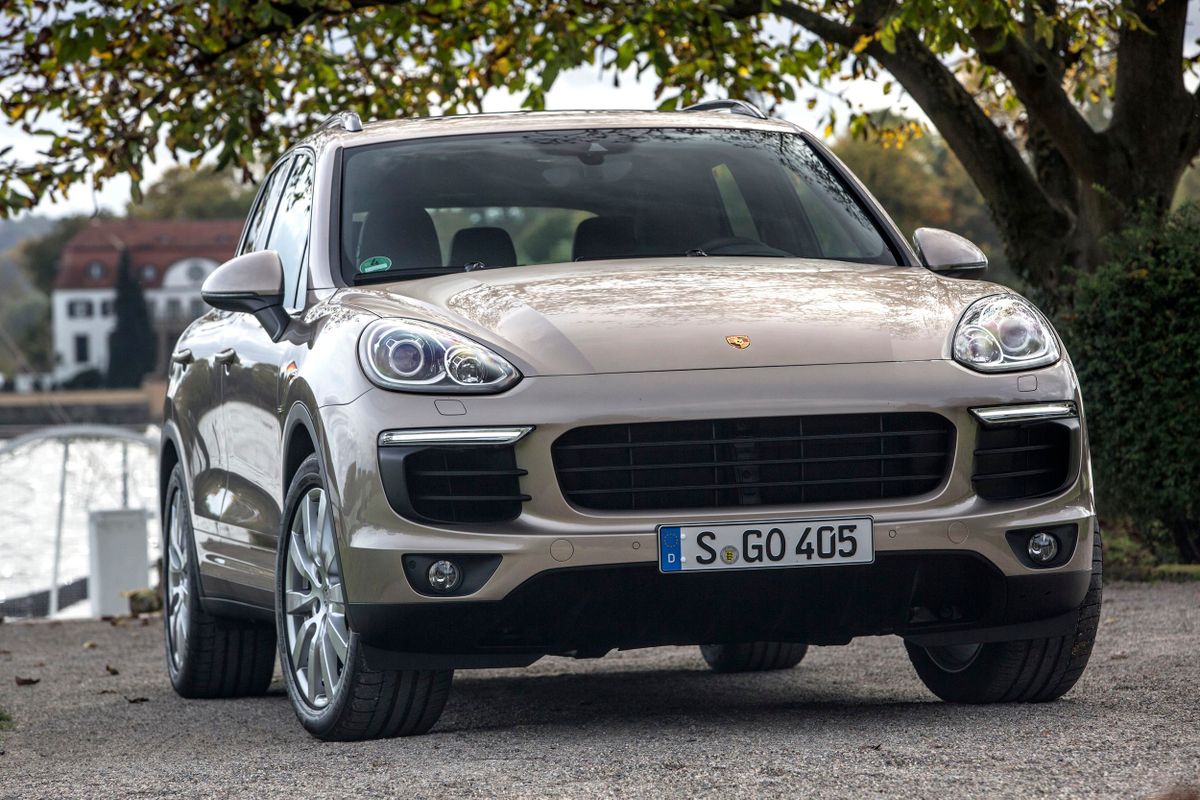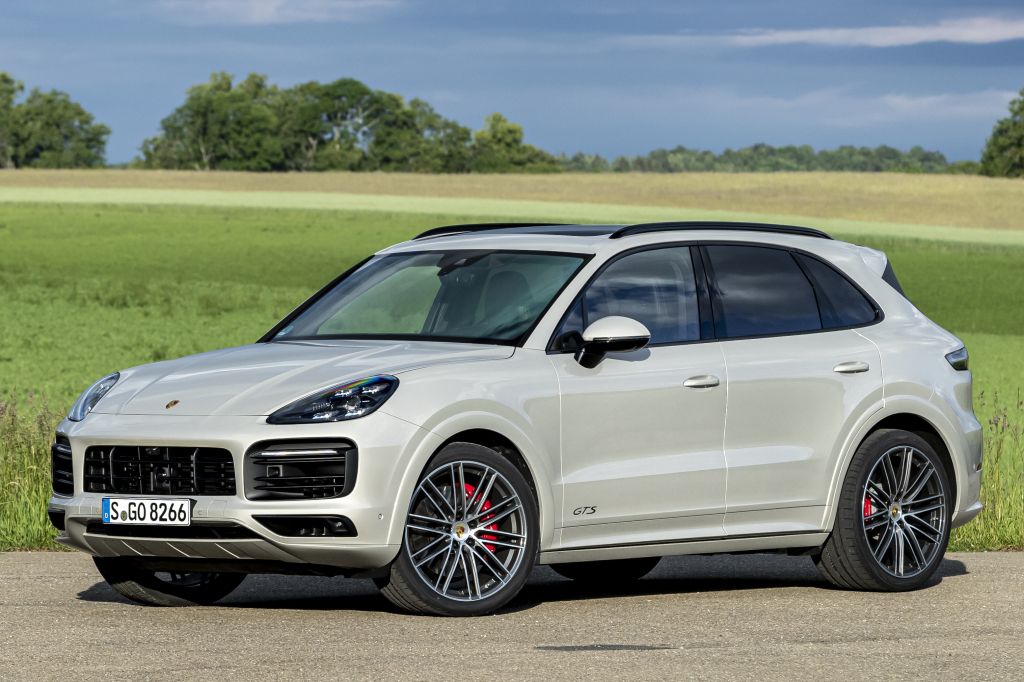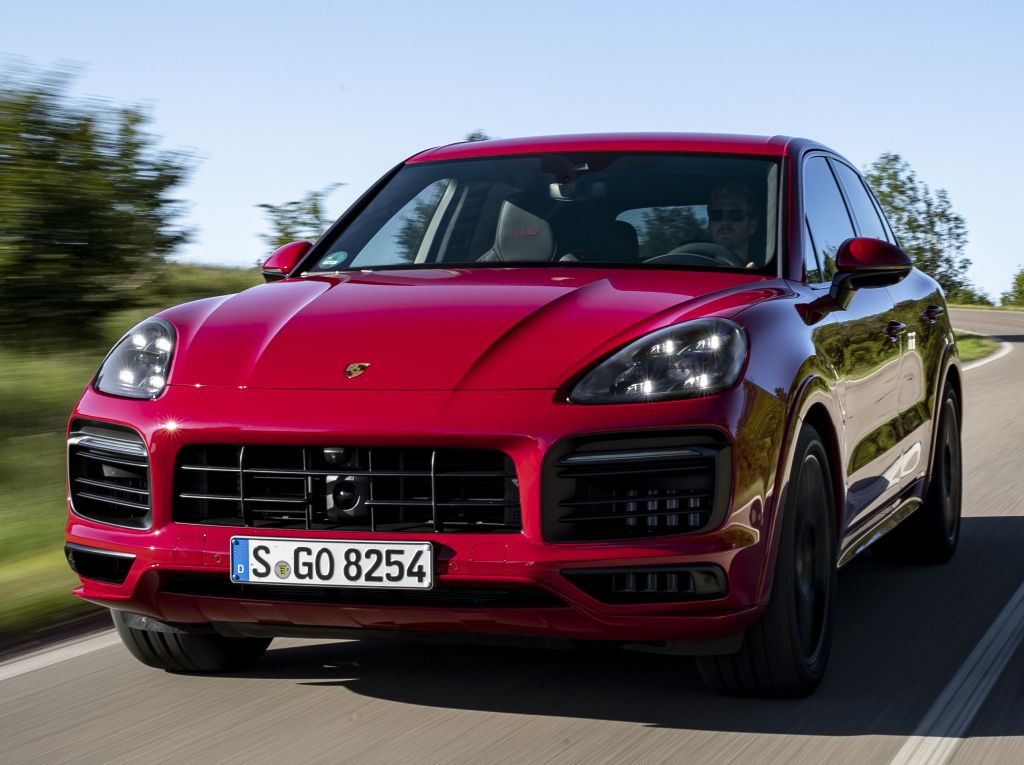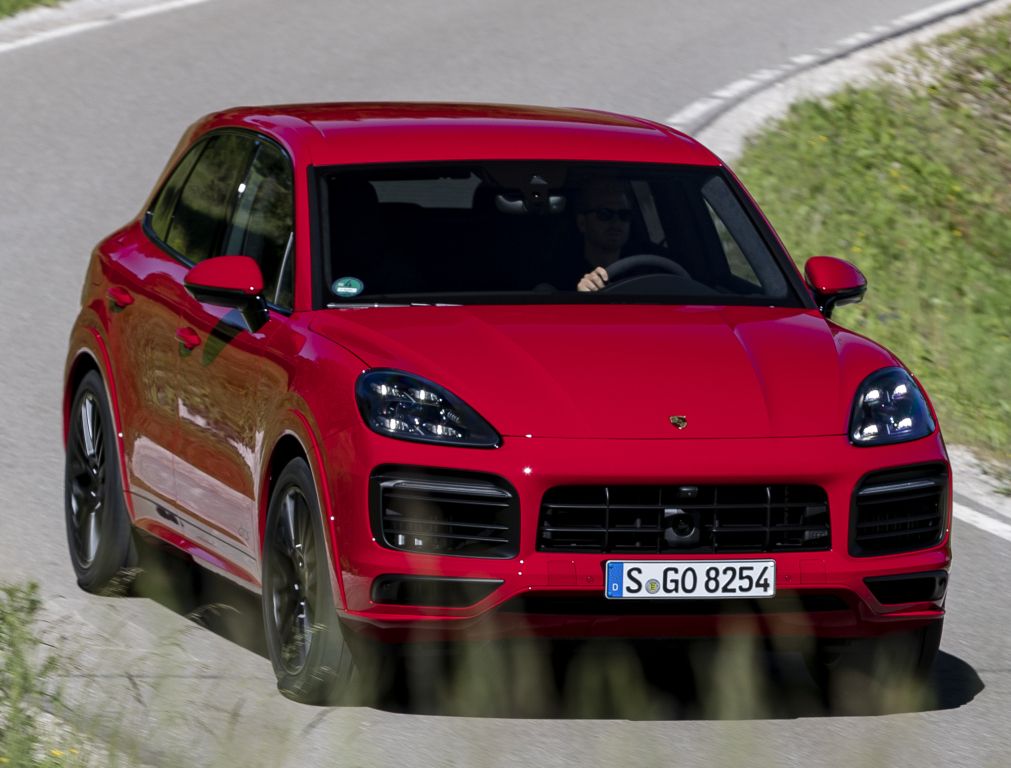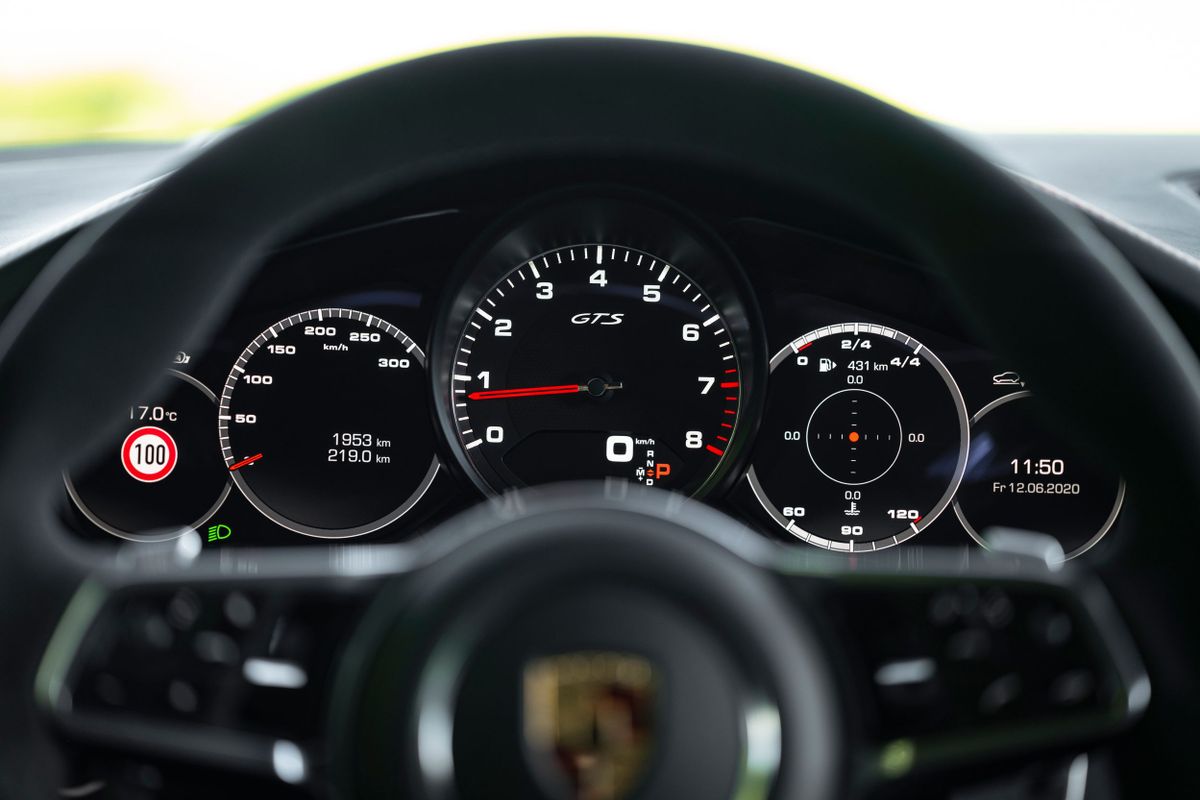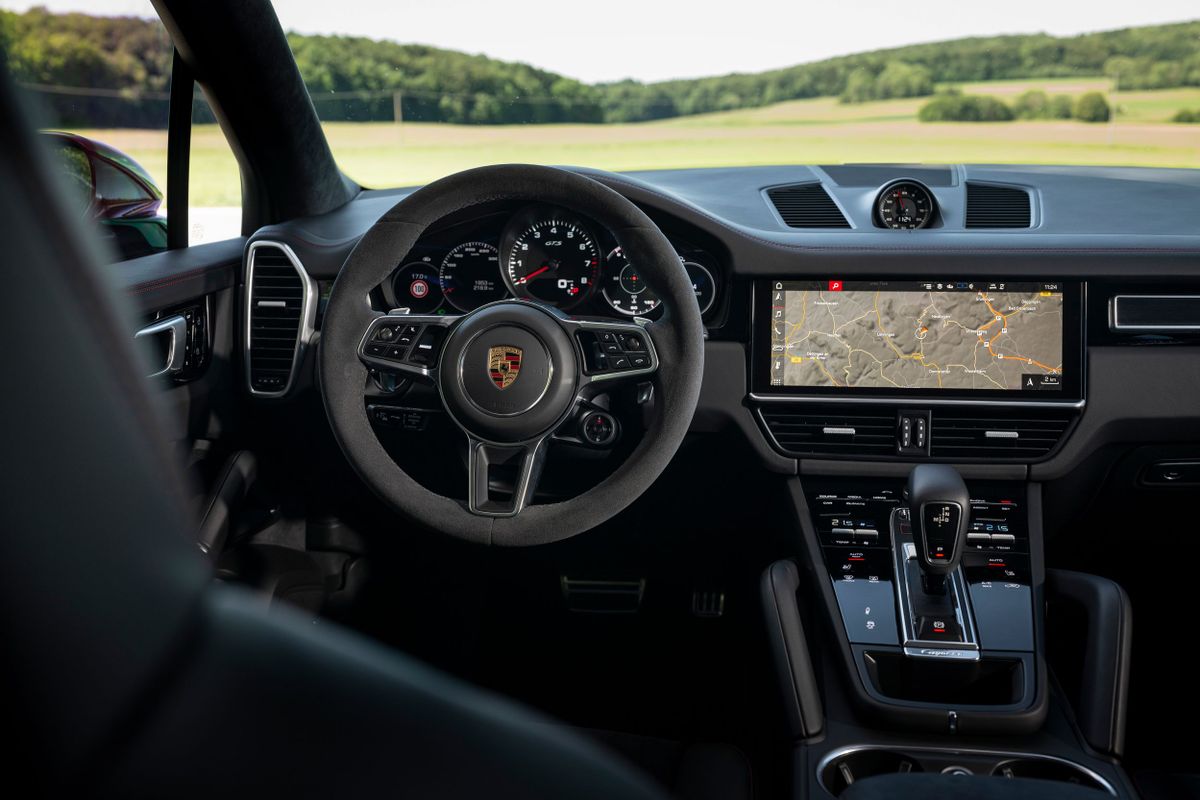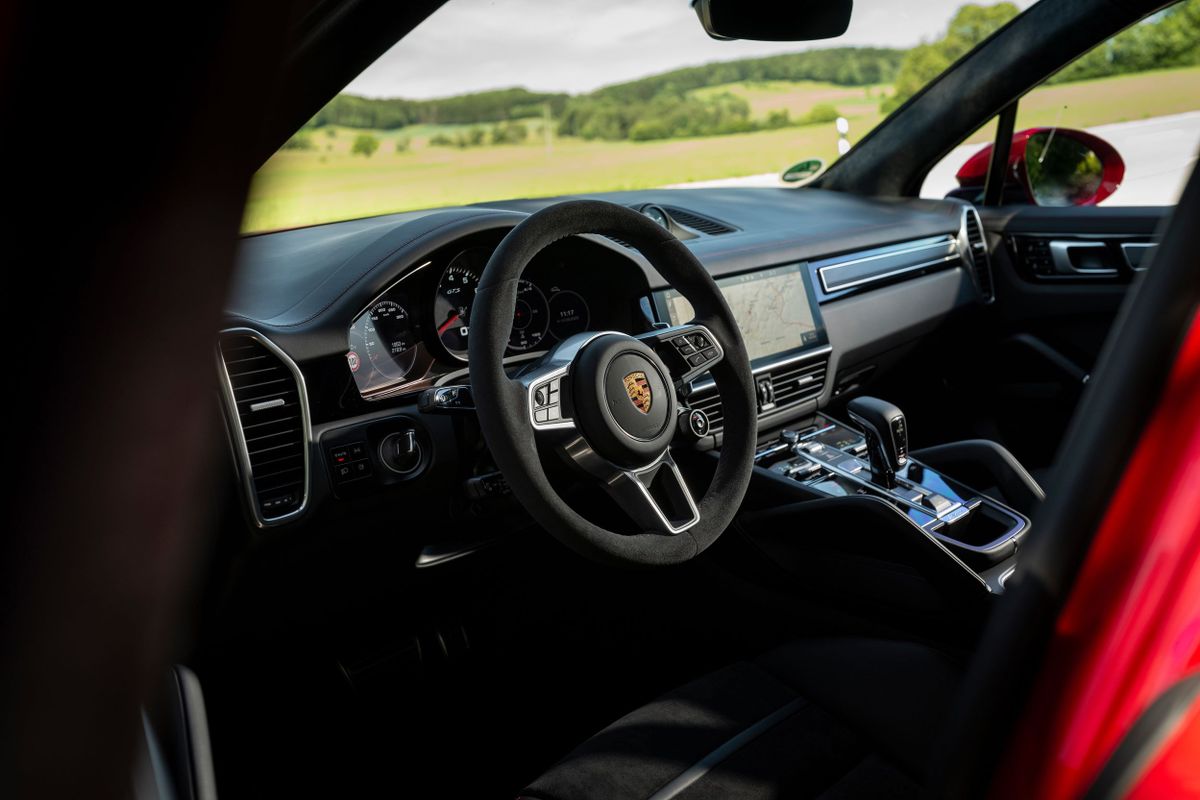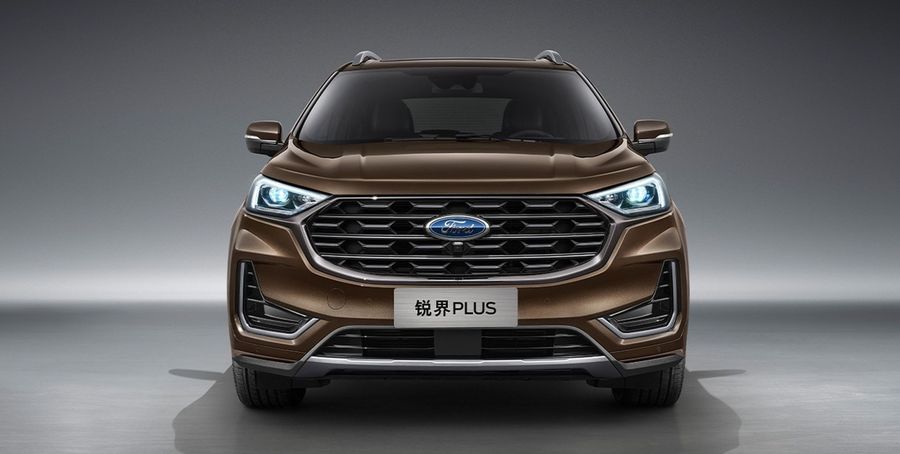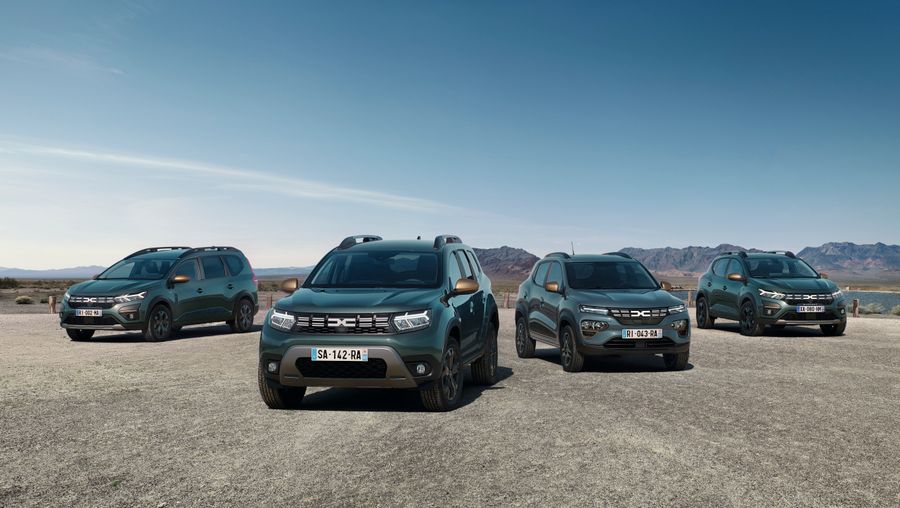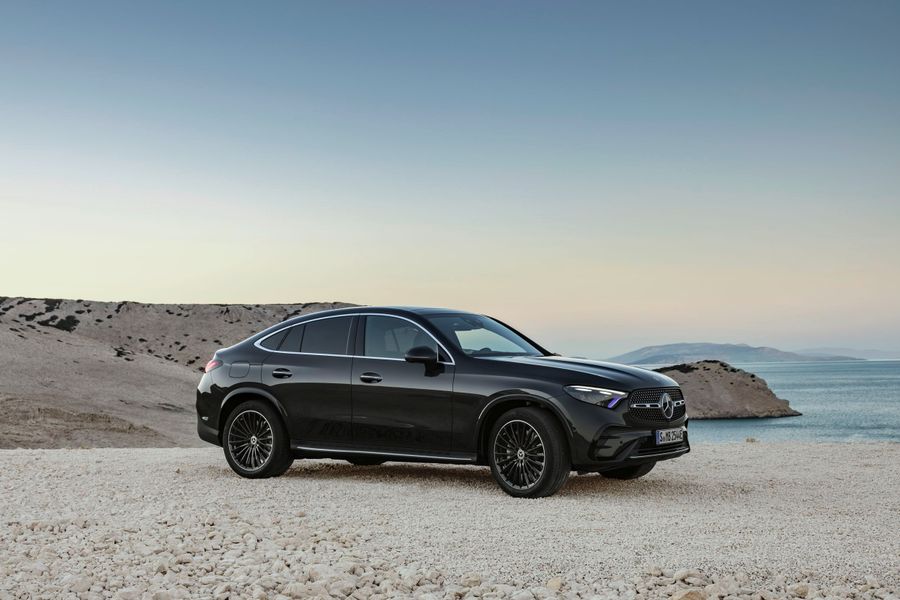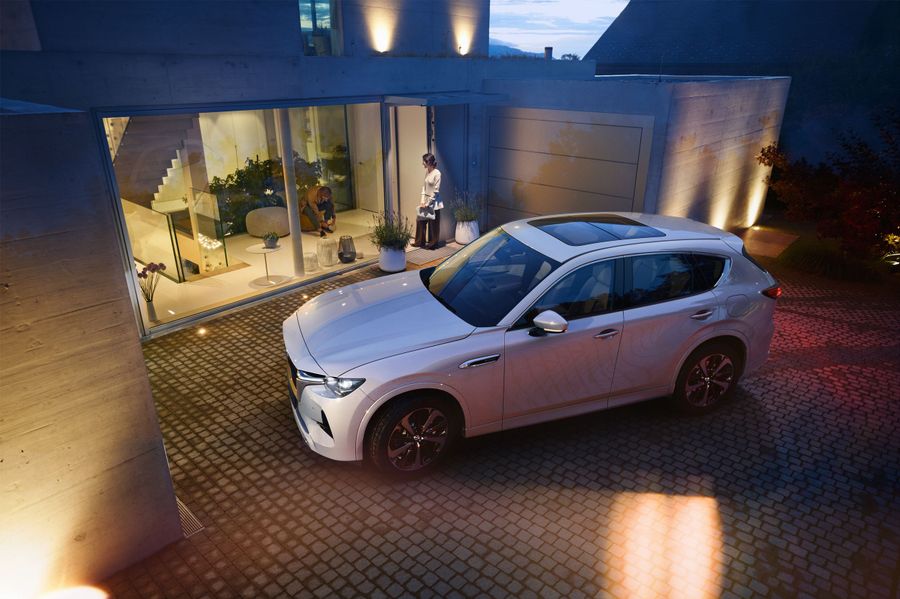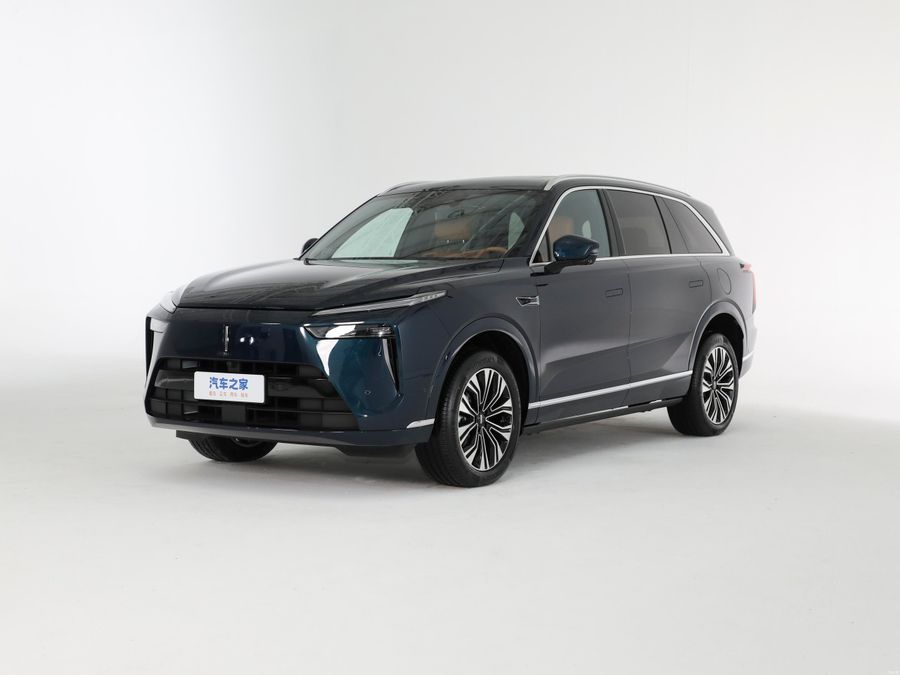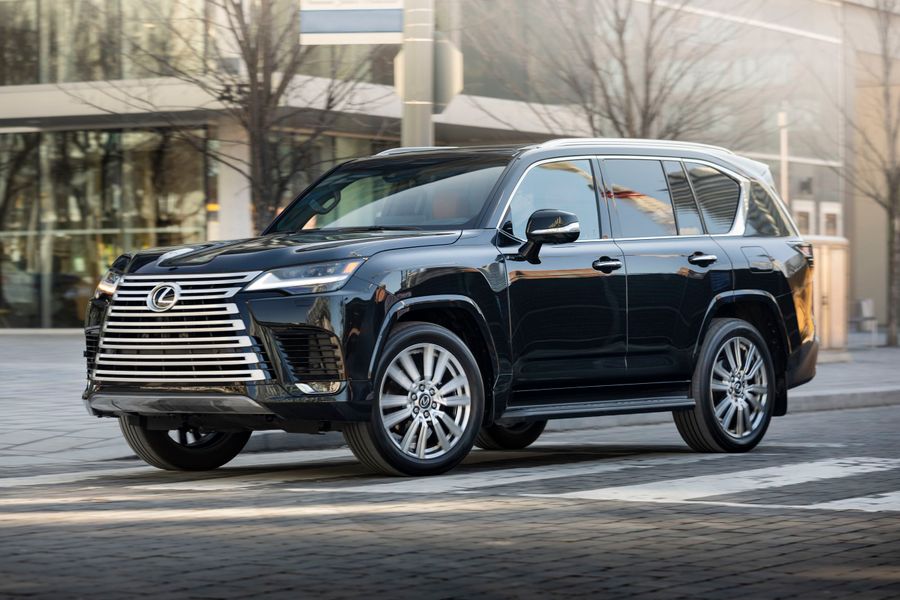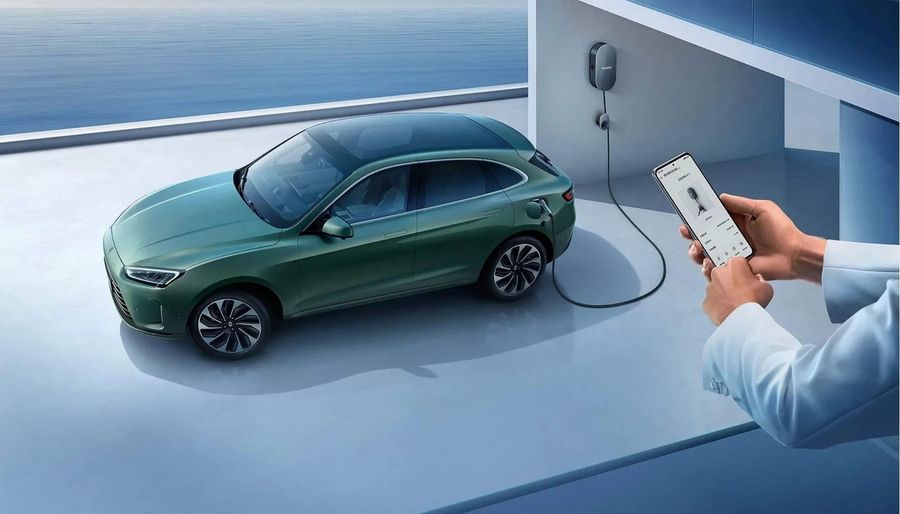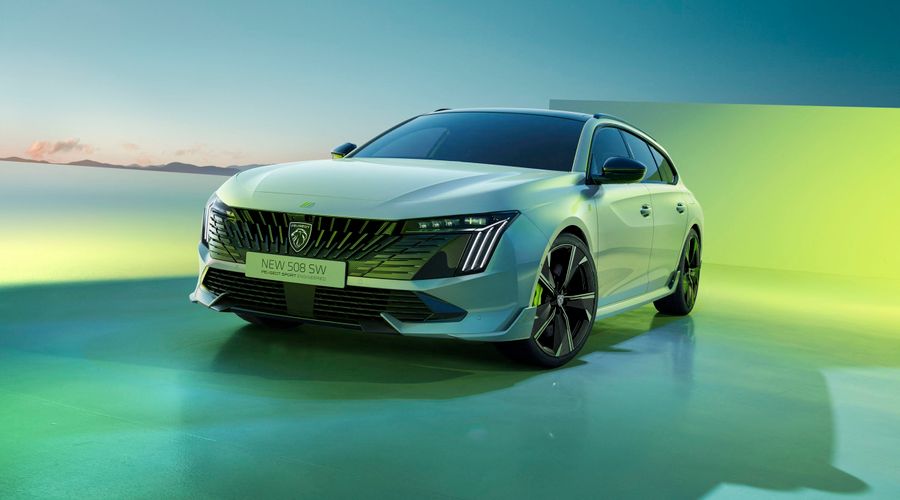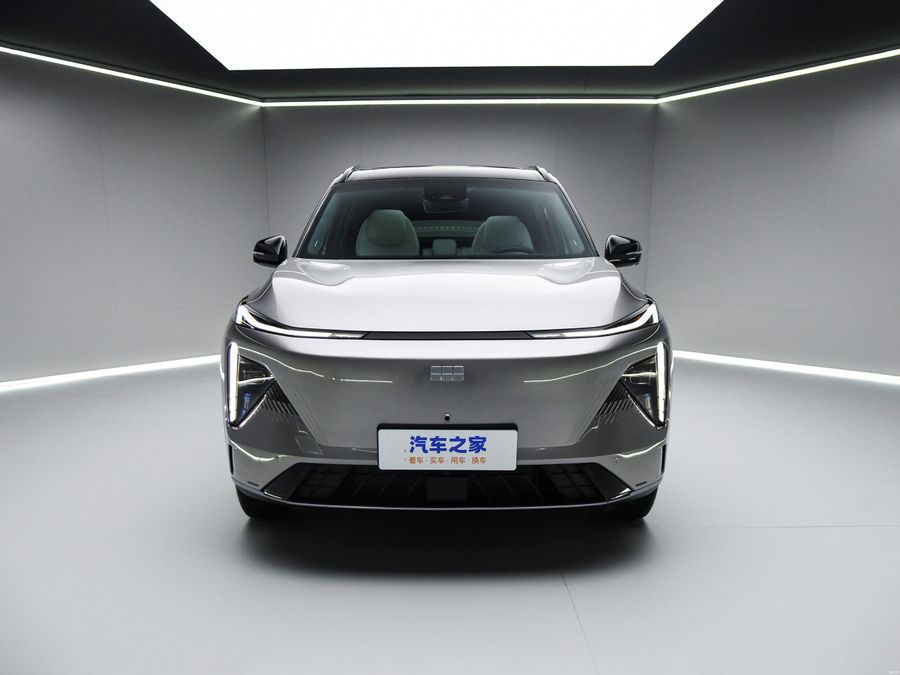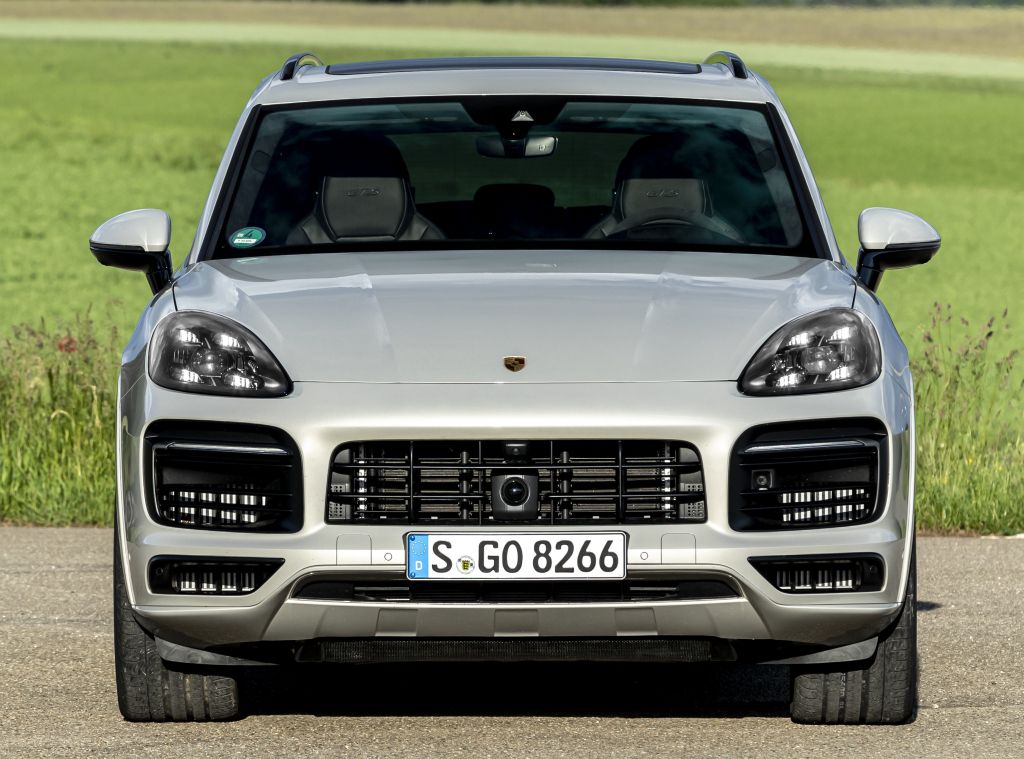
Porsche Cayenne. Perfect for racing and fishing
The Porsche Cayenne is a five-seater mid-size sports SUV, which has been produced by Porsche since 2002. This vehicle is designed for public roads. It was created with the active participation of the VAG Group. In 2021, Israeli buyers have a chance to purchase the third generation of the 2017 SUV (as of 2021).
This vehicle evokes associations with two words: speed and prestige, and no one knows which of them is more dominant. According to the official version, the name ‘Cayenne’ comes from the name of the capital of French Guiana (Guyane française), which is the largest overseas department of France, located in the northeast of South America with the city of Cayenne being its capital. And according to the unofficial version, ‘cayenne’ means a hot cayenne pepper…
The Cayenne is an incredibly successful Porsche model that has largely predicted the development of the global car market and its path towards urban SUVs. Understandably, fans of the classic 911 model were hostile to the new model, but most of the customers really loved the Cayenne. After all, this is one of the few vehicles that can give odds to half of the recognized sports cars on the race track, and then bring the owner to a fishing trip through fields, mountains and forests, ensuring their premium comfort. Moreover, since its creation, the Cayenne has regularly occupied the first lines of various reliability ratings.
Background
To create the new SUV, Volkswagen and Porsche have jointly designed a new platform. It had a longitudinally located engine and a powerful monocoque body with subframes. It was equipped with fully independent double wishbone suspension on all wheels (or spring suspension for the Cayenne and Cayenne S models) and pneumatic suspension (for the Cayenne Turbo and Turbo S) with the ability to adjust the ground clearance, permanent all-wheel drive with a transfer case and a lockable interaxle differential.
Volkswagen engineers were responsible for the design and layout of the all-wheel drive transmission, while Porsche engineers were responsible for the suspension, driving performance and mobility. At the same time, each of the brands has created its own range of engines for SUVs. This is how the Porsche Cayenne and Volkswagen Touareg were born, built on a common platform. The design of the models was developed by German companies separately. Later, the Audi Q7 was built on the same platform.
The first generation
It was produced from 2002 to 2010 with the factory index Type 955/9PA. The Cayenne is the first Porsche SUV with a V8 engine. The frame and doors of the first Cayenne are the same as those of the Touareg, but the design, tuning and production were carried out by Porsche. Despite its sporty image, the Cayenne had an ‘off-road’ all-wheel drive transmission with a downshift and two differential locks. The reaction to such a non-typical car from the German brand was initially very controversial, but over time it became the benchmark in the segment of expensive SUVs.
In 2007, the manufacturer presented an upgraded model Type 957. The designers slightly changed the exterior, making it more aggressive. The engines became more powerful, and a diesel modification with a mechanical turbocharger appeared. Since 2007, all engines have direct injection. A new PDCC (Porsche Dynamic Chassis Control) system with active anti-roll bars was integrated into the chassis structure. As a result, the first Cayenne became the most popular model of Porsche. In total, from 2002 to 2010, more than 150 thousand vehicles were assembled.
The second generation
It was produced from 2010 to 2018, while its restyling took place in 2014. The second Cayenne 958 became longer and acquired a larger wheelbase. But its curb weight decreased (the Cayenne S became lighter by 180 kg, whereas the Cayenne Turbo - by 185 kg). Externally, the second-generation SUV seemed shorter, more compact and ‘muscular’ due to its road-hugging appearance. In addition to the regular versions, the more powerful Cayenne S, the sporty GTS, the high-performance and luxurious Turbo and Turbo S, and the eco-friendly S Hybrid were also offered. This SUV became super popular thanks to its superb equipment, powerful engines and the availability of various modifications for every taste.
The second generation Porsche Cayenne acquired new different engines. It could be equipped with a 3.6-liter atmospheric V6 engine generating 300 hp and a 4.8-liter V8 engine generating 400 hp (Cayenne S) and 420 hp (Cayenne GTS). The Cayenne Turbo was powered by a 4.8-liter twin turbo V8 engine with 500 hp. The Cayenne Turbo S could be equipped with a modified 4.8-liter V8 engine, which became 50 hp more powerful (550 hp). The diesel versions were represented by a 3-liter V6 engine with 245 hp and a 4.1-liter V8 engine with 382 hp. The transmission was an 8-speed Tiptronic. The power package of the S Hybrid version consisted of a 3-liter V6 compressor engine with 333 hp and a 47-horsepower electric motor with a lithium-ion battery.
The Cayenne is one of the few vehicles that can give odds to half of the recognized sports cars on the race track, and then bring the owner to a fishing trip through fields, mountains and forests, ensuring their premium comfort.
After the restyling in 2014, the vehicle acquired a new grille, bumper, fenders, hood, taillights, trunk lid, and exhaust pipes. The engine power of all restyled versions, except for the base petrol version, was increased by 20 hp.
The third generation
It has been produced from 2017 to the present (as of 2021). The third Cayenne is built on the new modular Volkswagen MLB Evo platform. All exterior body panels are made of aluminum. To reduce weight, the conventional lead-acid battery was replaced with an innovative lithium-ion battery, which allowed saving an additional 10 kg.
Exterior
The new Porsche Cayenne, even with a new design, has retained a recognizable style that fans should appreciate. The SUV now has a more dynamic silhouette, a wide radiator grille, and taillights combined into one stylistic element.
Interior
There is a new 12.3 inch display of the multimedia system, which displaced down the central ventilation deflectors. The stylish and functional center console is equipped with a variety of buttons that are responsible for controlling the interior temperature, heated and ventilated seats, an electric handbrake, suspension modes and a stabilization system. A tribute to tradition is the rotary ignition key located to the left of the steering column. Inside, there is more space, the volume of the trunk has increased by 15% and reaches 770 liters.
Engines
All models are equipped with 8-speed automatic transmissions.
- The 2018/2019 Porsche Cayenne is standardly equipped with a 3-liter petrol turbo engine generating 340 hp. Acceleration to 100 km/h occurs in 5.9 seconds, and the top speed reaches 245 km/h.
- The Cayenne S has a 2.9-liter V6 twin turbo-engine (440 hp) with the acceleration to 100 km/h occurring in 4.9 seconds and the top speed being 259 km/h. The S version is distinguished by 4 round exhaust pipes.
- The Cayenne Turbo is equipped with a 4-liter V8 engine with 550 hp. It accelerates to 100 km/h in 4.1 seconds, and the top speed is 286 km/h. This version is distinguished by more ‘square’ exhaust pipes.
- The Cayenne E-Hybrid is a petrol-electric version with a power package based on a 3.0-liter V6 engine producing 340 hp, supplemented by an electric motor with 136 hp. The total output is 462 hp.
Safety
The safety of the 2019/2020 Porsche Cayenne is excellent. Particular attention is paid to improving the vehicle’s steering response. The Porsche Torque Vectoring Plus (PTV Plus) system works in conjunction with the basic Porsche Stability Management (PSM), the rear differential lock and the braking system. When you turn the steering wheel, the electronics break the inner wheels in relation to the wheel turn, sending more torque to the outer ones, which has a positive effect on the maneuverability and dynamics of the vehicle.
The Porsche Dynamic Chassis Control (PDCC) system is used for active roll control. The 2020/2021 Porsche Cayenne has eight airbags: front airbags, airbags for the driver’s and passenger’s knees, side airbags, and window airbags. Options include a night vision system with pedestrian recognition and head-up display, LED matrix headlights, adaptive cruise control, and much more.



